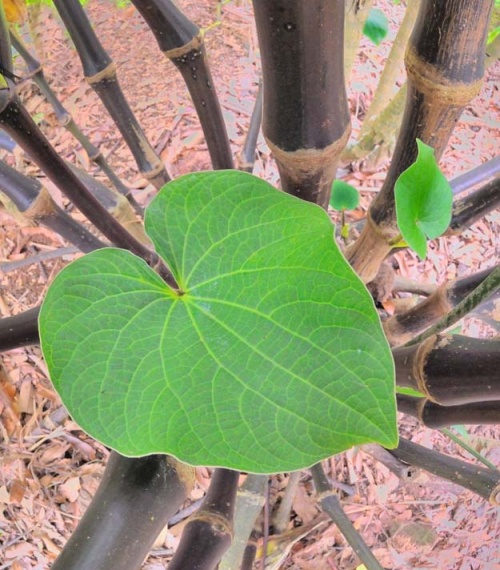hawaiiankava
New Member
Dear legacy users of equipment from the 500/900 V series cameras (this includes me of course),
Has anyone experience or thoughts about transitioning to digital and its impact on your effectiveness, creative style and workflow? Wishlists?
I'm having my legacy equipment fixed up at this moment with Hasselblad USA, New Jersey, and have been thinking of sticking with film and buying a medium-end scanner like a Epson 750. I think there's no question that post-capture digital editing is the way to go. However, I'm wondering whether it's better to
The last option leaves me back to having less feedback, let alone the ability to be sure nothing technical got in the way (bad exposure), however, I feel it does not compromise my lens coverage. My eyes are habituated to the coverage of the 38mm, 80mm, 120mm and 180mm lenses. And I'll certainly miss the 38mm as I understand that Phocus does not compensate for the biogon. I wonder if software compensation is even technically possible to look for in another version of Phocus?
I suppose there may be different answers and maybe some the same for landscape, art object or product, candid/portraiture photography, architecture and fashion. I think financial considerations are important but certainly leave it to you the reader to comment as you choose.
Your comments are very much welcome!
Jonathan
Has anyone experience or thoughts about transitioning to digital and its impact on your effectiveness, creative style and workflow? Wishlists?
I'm having my legacy equipment fixed up at this moment with Hasselblad USA, New Jersey, and have been thinking of sticking with film and buying a medium-end scanner like a Epson 750. I think there's no question that post-capture digital editing is the way to go. However, I'm wondering whether it's better to
- buy a CFV-39 (or lower res back)
- sell my legacy equipment - horrors - and head for the h3d/h4d system
- keep the legacy system and scan film
The last option leaves me back to having less feedback, let alone the ability to be sure nothing technical got in the way (bad exposure), however, I feel it does not compromise my lens coverage. My eyes are habituated to the coverage of the 38mm, 80mm, 120mm and 180mm lenses. And I'll certainly miss the 38mm as I understand that Phocus does not compensate for the biogon. I wonder if software compensation is even technically possible to look for in another version of Phocus?
I suppose there may be different answers and maybe some the same for landscape, art object or product, candid/portraiture photography, architecture and fashion. I think financial considerations are important but certainly leave it to you the reader to comment as you choose.
Your comments are very much welcome!
Jonathan

